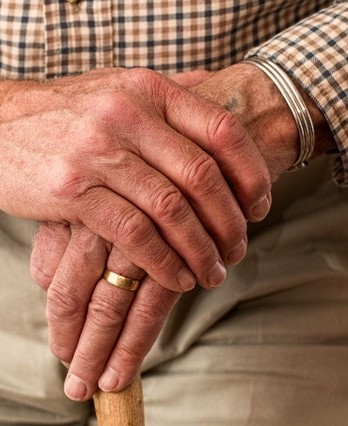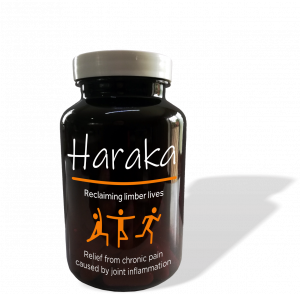Why Am I So Stiff And Sore?
Any joint that is inflamed or swollen is a form of arthritis. However, most people tend to think of arthritis as something that affects older people. If you told a young person who had a case of tennis elbow that he had arthritis, he would think you are crazy!
There are many forms of arthritis, and a few may even be life-threatening. Don’t worry – most are not. While some forms of arthritis do affect older people, there are also forms that affect all ages and both genders. For example, osteoarthritis affects women more than men, whereas gout affects men more than women.

Two most prevalent types of arthritis which only manifest as the body ages
- Osteoarthritis – deterioration of cartilage (wear and tear)
- Rheumatoid arthritis – an autoimmune disease that affects the synovium (membrane surrounding the joint)
As your body ages, it does not regenerate as rapidly as it did when you were young and is, in fact, degenerating. That means that the lost cartilage is not likely to be replenished. It is possible to slow down the process, but in almost all cases, it is not possible to rebuild what is already lost.
Chronic arthritis creeps up on us. It may have begun years ago, and you weren’t even aware of any discomfort. Then gradually you found discomfort and pain in doing the simplest of tasks, yet it was still not bad enough for you to be concerned. Until one day you look back and think, “I never felt like this 10 years (or 5 years) ago – what’s ‘suddenly’ gone wrong?”
By this stage the arthritis is established and cannot be undone. So, the best you can do is to try and slow down the progression and to manage the symptoms (pain and stiffness).
What is actually happening inside that joint?
When we injure our bodies (or there is infection), the first form of healing is the production of high levels of prostaglandins (which act similarly to hormones) causing inflammation, swelling and pain. As a result, we automatically protect that area which allows the healing to begin.
Prostaglandins are normally short-lived and, as soon as the injury is healed (or the infection cured), they are eliminated from the body.
In the case of arthritis, the “injury” is not healing, and the area is in a chronic state of stress. The prostaglandins have “taken up permanent residence”. Their function – to create inflammation and pain – has also become chronic and so we live with perpetual pain.

